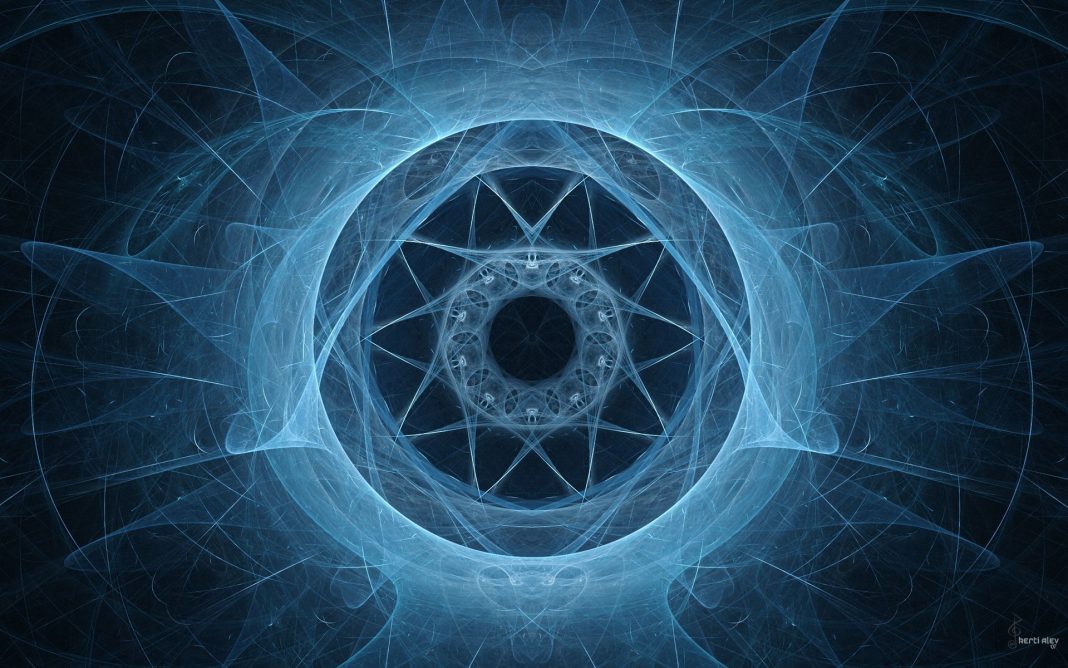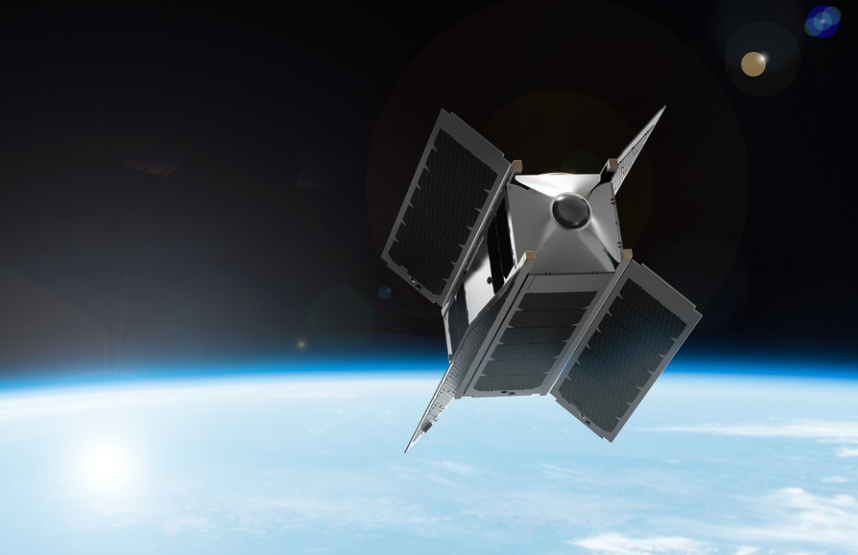Will we ever understand all there is to know about the mighty proton? Probably not is the short answer. Even nuclear physicist Evangeline Downie commented about them saying, “We’re made of them, and we don’t understand them fully.” The three things that physicists seem to disagree on most is their radius, spin, and stability. Even today scientists are still discovering things about the photon we never knew existed.
Protons are very important particles. Although they appeared almost immediately following the Big Bang they didn’t really become of any interest to us until 100 years or so ago thanks to Ernest Rutherford. One proton joined with one electron makes up the most abundant element in the Universe – hydrogen. Each element that exists has an atomic number that represents the number of protons it has. So, in a nutshell, protons are everywhere and even minor adjustments to our understanding of them could upset the whole world of physics.
The photons’ radius, for example, has attracted a great deal of attention over the past few years. This is mainly because up until a few years ago scientists were in agreement that the proton’s radius measured in at around 0.88 femtometers. However, in 2010, at the Precision Physics of Simple Atomic Systems conference in France, two teams of scientists presented more precise measurements. Normally, this would have been welcomed, but the actual difference between the two figures varied by about 4 percent, which is quite a lot. And as of yet, the groups still can’t explain why they get such different results.
Different methods were employed by the two groups eager to size up the proton. The experiment carried out at the MAMI particle accelerator in Mainz, Germany estimated the girth of the proton by measuring how much the trajectories of the electrons were once deflected off the protons. However, a more precise method was devised by Randolf Pohl of the Max Planck Institute of Quantum Optics in Garching, Germany. Here, Pohl and colleagues created muonic hydrogen that is accompanied by a muon opposed to an electron. In a collaboration between Pohl and others at the Paul Scherrer Institute in Villigen, Switzerland they used lasers to increase the muons’ energy levels. How much energy is needed depends on the size of the proton. The results from Pohl’s experiment suggested that the proton’s radius was just 0.841 femtometers, much smaller than the other measurement.
But, physicists still don’t know why these measurements differ. Although experimental error could be to blame, other possibilities have also been suggested including one that involves a new particle interacting with muons opposed to electrons. John Negele is a theoretical particle physicist at MIT and he confirms, “It’s a very sacred principle in theoretical physics. If there’s unambiguous evidence that it’s been broken, that’s really a fundamental discovery.” Pohl, on the other hand, believes the discrepancy is more likely to be explained through tweaking the experiment or the theory itself.
To try and get to the bottom of this puzzle once and for all, a new experiment is being set up called the Muon-Proton Scattering Experiment (MUSE). The experiment will involve scattering both electrons and muons off protons and compare the results. It will take place at the Paul Scherrer Institute at the beginning of 2018 and will offer a way of testing if two particles behave differently, confirms Downie.
Once researchers have decided on the size of the photon, the next step is to figure out how the proton’s spin works. Inside each and every proton is three particles called quarks. One of these quarks is negatively charged, while the other two are positively charged. These are joined by a swarm of other particles within the proton. As quarks and antiquarks continually swirl together they destroy one another. Gluons are what hold the protons together and are the messengers of the strong nuclear force that attracts quarks to one another.
Spin is one property of protons that’s difficult to define. Originally, scientists thought that a proton’s spin was down to the three main quarks but instead they discovered that gluons and ephemeral pairs of quarks and antiquarks contribute through their motions and spin. As quantum particles whizz around, their spin produces angular momentum. It also makes protons act like magnets which are the key to MRI scans. But, the odd thing is there isn’t really any spinning going on even though the particles behave like there is.
The proton’s total spin is yielded by combining the spins of both quarks and gluons. These both busy themselves circling the proton’s center producing extra angular momentum. After careful research, scientists discovered that gluons make up around 35 percent of the proton’s spin while quarks make up about 25 percent. So what about the other 40 percent? “We have no idea how the entire spin is made up,” says nuclear physicist Elke-Caroline Aschenauer of Brookhaven. “We maybe have understood a small fraction of it.”
Force is another area of complexity when it comes to protons. While quarks and their companions stay close to one another they can move about the proton freely. But, the farther apart they become from one another, the stronger the force gets that pulls them together. This explains why no single quark has ever been found and also makes the proton’s properties rather difficult to calculate.
To try and make these calculations easier to predict physicists used a technique called lattice QCD (quantum chromodynamics) that sees the world as made of a grid of points in space and time. While a quark can sit at any point, it can’t sit in the spaces in between. Time advances in jumps. Using this method of calculating nuclear physicist Keh-Fei Liu and colleagues calculated the spin contributions. Their results revealed that around half of the spin comes from the quarks’ motion, about a quarter from the quarks’ spin, and around a quarter from the gluons.
Protons may appear to last forever, but that’s not the case. Under theories which unite fundamental forces, protons will eventually decay and disintegrate into other particles which would eventually decay too. However, protons have lifespans longer than the average lifetime of a universe. For that reason, it’s proved very difficult to find a decaying proton. It may be possible that they’ll spot a proton decaying into a position and two photons and although they may one day become extinct, there’s plenty of time left to study them before the “most fundamental building block of everything” we know do disappear.
More News to Read











